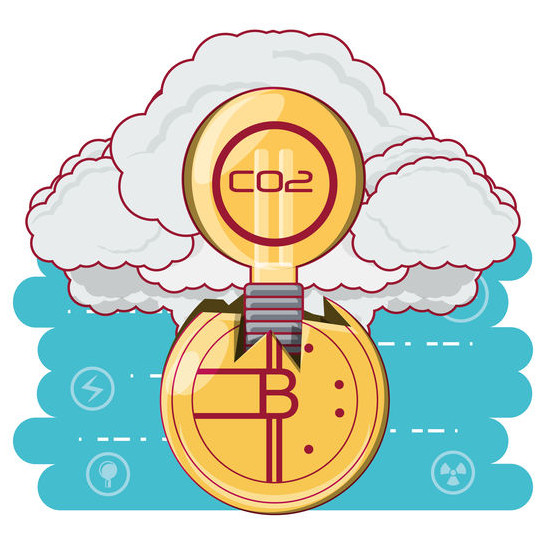Homelab monitoring using Grafana and Prometheus
I have a homelab, mainly as a hobby but also as an environment for experimentation. It’s quite useful for self-hosting different services—not only because of the potential cost savings (although you do need to account for hardware costs and electricity) — but also because it allows you to develop skills that will be useful as a professional developer.
And the best part? You don’t have to invest a lot of money — I didn’t. I started my homelab with a Raspberry Pi 3B, and for about a year, that was all I needed. It was capable of running HomeAssistant and Mosquitto well enough. Eventually, as I brought more services into my homelab, I had to expand. And guess what? I got a Raspberry Pi 4. So now I have two hosts in my homelab, and the most important question I had to answer was which node should run each service and what kind of availability I wanted.









